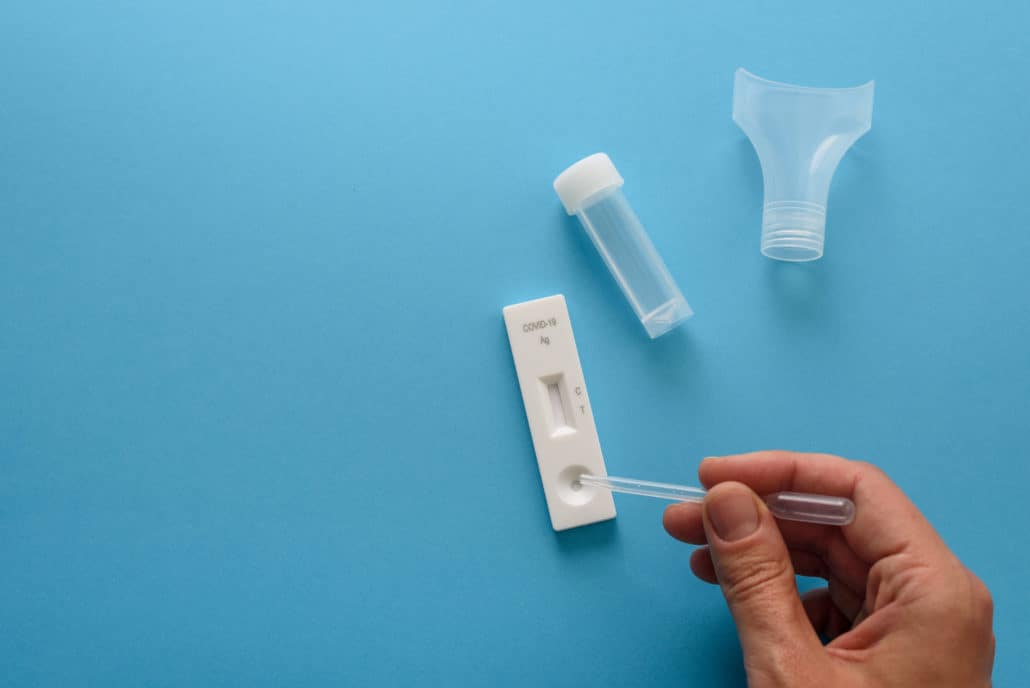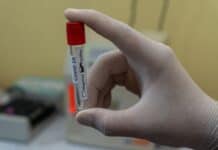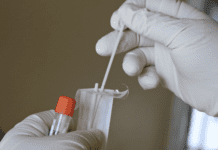 Testing is essential to ensure safe in-person events, says Amanda Schleede, CEO of Attend Safe.
Testing is essential to ensure safe in-person events, says Amanda Schleede, CEO of Attend Safe.
Live meetings and events are back, and CDC guidelines have relaxed—but the BA.5 sub-variant of Omicron is raging. What should meeting planners be doing for risk mitigation? According to Amanda Schleede, CEO of Attend Safe, vaccination verification can provide valuable data, but it’s not enough. “Vaccines,” she says, “prevent deaths while testing preserves health.” She compares vaccines to a car’s seatbelt: protection for when something happens. Testing, on the other hand, is akin to a car’s crash avoidance system in that it’s a means towards preventing something from happening.
Schleede stresses that it is crucial to establish a risk-mitigation strategy early, including contingency plans. Testing is at the core of her recommendations. As well, “venue employees, contractors, vendors and anyone else who will be on site are another concern that must be addressed during the planning and long before the first participants arrive. When working through site agreements, be sure to understand whether or not the event team will have control over the protocols that will apply to those critical people.”
The duty of care, Schleede notes, is important not only to keep attendees safe but also to protect planners from any liability if an attendee gets sick. Among her duty of care essential questions:
What did you do to protect attendees?
Was testing required for attendees before entering the meeting site?
Were attendees re-tested at any time after the first day of the meeting?
If positive cases appeared, was masking required?
You May Also Be Interested In…
Meetings Etiquette for Post Pandemic Events
Cruise Lines Shift Safety Policies as CDC Stops Reporting Cases










